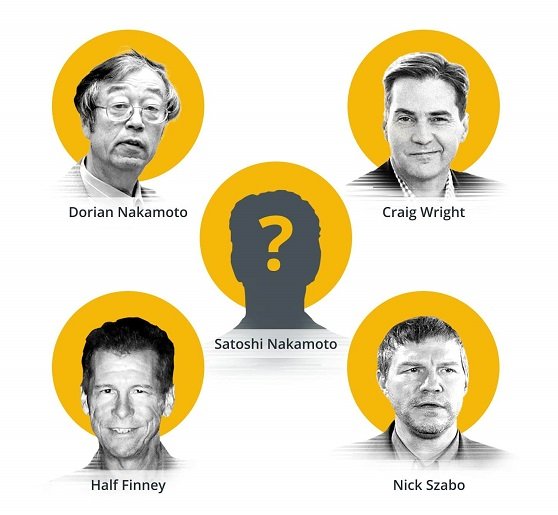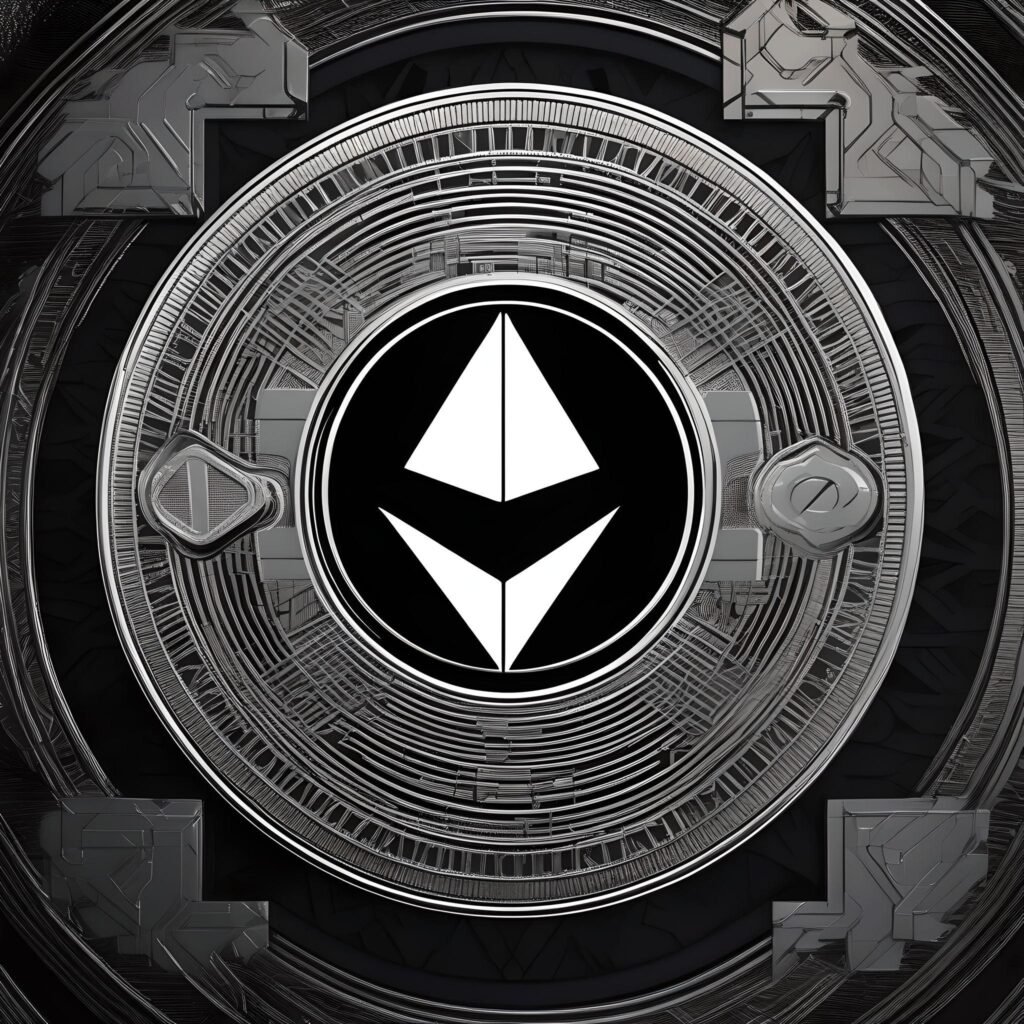When it comes to Bitcoin, most people are familiar with the term “Bitcoin” itself. However, there is another important term that is often overlooked: Satoshi. So, what exactly is Satoshi?
Satoshi is the smallest unit of Bitcoin. It is named after the mysterious creator of Bitcoin, Satoshi Nakamoto. Just like how a dollar can be divided into cents, Bitcoin can be divided into smaller units called satoshis.
One Bitcoin is equivalent to 100 million satoshis. This means that each Bitcoin can be divided into 100 million smaller units. This level of divisibility is crucial for the widespread adoption and use of Bitcoin as a currency.
Why is Satoshi important? Well, for starters, it allows for microtransactions. With traditional currencies, it is often impractical to send small amounts of money due to high transaction fees. However, with Bitcoin and its smallest unit, satoshis, it becomes possible to send and receive even the tiniest amounts of value.

Furthermore, Satoshi helps to make Bitcoin more accessible. Not everyone can afford to buy a whole Bitcoin, which can be quite expensive. By dividing Bitcoin into smaller units, anyone can own a fraction of a Bitcoin and participate in the cryptocurrency economy.
How to buy satoshi
Transactions with Satoshi take place in the same way as with whole coins. On many trading platforms, the minimum transaction amount is 0.0001 BTC (equivalent to 500 rubles). This means that the user will be credited to the wallet 10 thousand Satoshi. Algorithm of buying on a crypto exchange:
- Authorize on the platform.
- Deposit funds into the account.
- Go to the “Trade” tab and select “Spot”.
- Enter the BTC ticker, the page will display the available pairs.
- Select the direction.
- Specify the amount of cryptocurrency and confirm the transaction.
Storage
You can collect satoshis in any bitcoin-enabled wallet. A simple and convenient way is the internal storage of the exchange. Customers can instantly convert the asset into fiat and altcoins at the market rate. But for long-term storage, it is better to use non-custodial crypto wallets. Keys to the accounts are held only by the owners, it is impossible to block the accounts. In 2023, several types of storage are available:
- Software-based. They need to be installed on a PC. A distinction is made between “thick” and “thin” wallets. The first ones require downloading the full blockchain, so they are considered more reliable, but they take more than 300 GB.
- Mobile. Applications are downloaded to phones. Fingerprint login can be set for additional protection. Vaults usually support a built-in cryptocurrency exchange and a gateway for replenishment in fiat.
- Online wallets. This is the most simple and convenient option that does not require downloading additional programs. You can work in a browser. The main thing is to install a good antivirus and after the session is over, log out of the account. This will exclude unauthorized access to the account.
Why you need satoshis?
The division of Bitcoin into small parts simplifies calculations. In September 2023, the coin trades for $26 thousand. The divisibility option allows you to invest in the asset with any deposit. Beginners can get Bitcoin in faucets without investment and increase the deposit with trading and investment.
In conclusion, Satoshi is the smallest unit of Bitcoin, named after its creator, Satoshi Nakamoto. It allows for microtransactions and makes Bitcoin more accessible to a wider range of people. So, the next time you hear the term Satoshi, you’ll know exactly what it means.
More information in our Blog.

